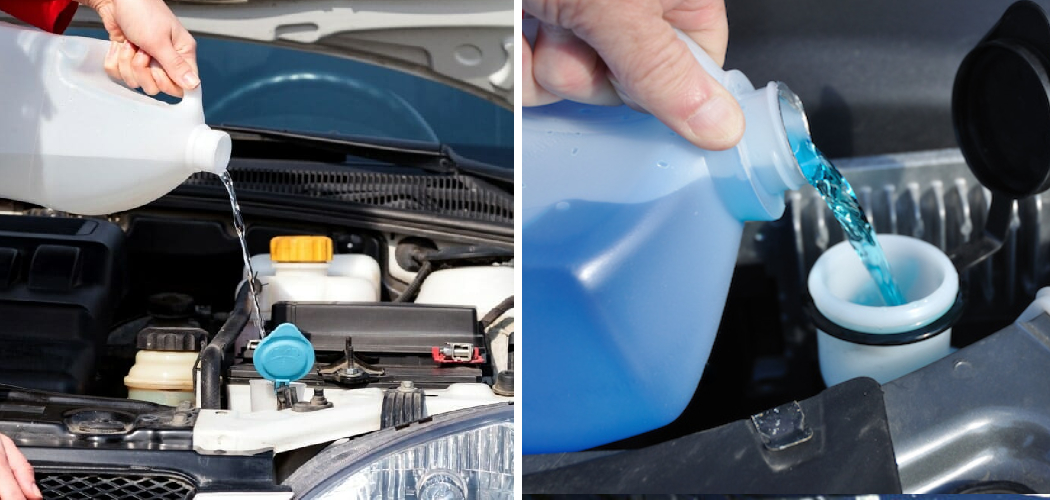When wintry conditions spread across my town last week, unleashing layers of snow and subzero temperatures, I noticed an alarming issue – my windshield washer fluid had frozen solid. As I turned on the sprayers before each drive, nothing but a few measly drops would sputter out, leaving my windshield in grime.
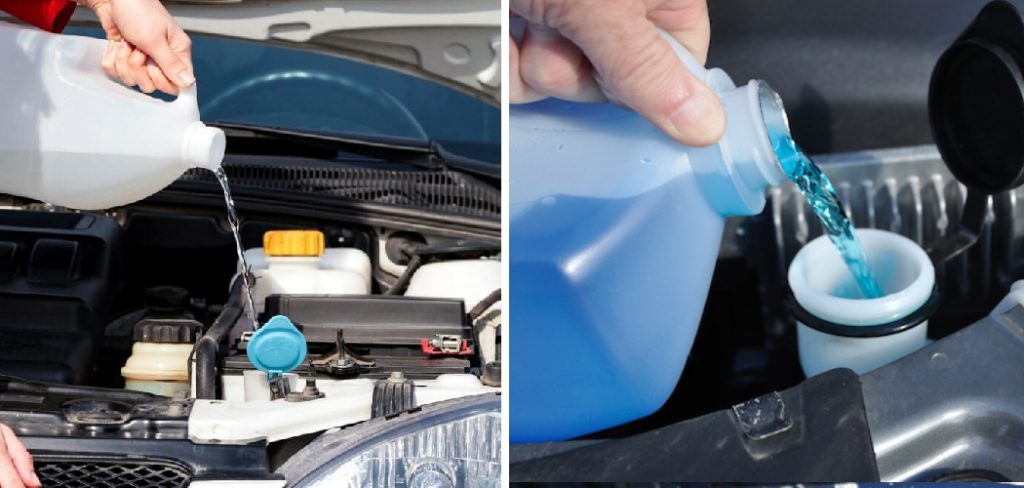
Frustrated by the lack of visibility and knowing it was only a matter of time before driving became unsafe, I devised a solution. After several failed attempts using everyday household items, I finally discovered an ingenious trick that prevented further freezing and restored functionality to my fluid reservoir.
In this post, I’ll share the details of my experimentation and reveal the simple method of how to keep windshield washer fluid from freezing.
What Will You Need?
Before diving into the solution, let’s ensure you have all the necessary supplies. Fortunately, this method only requires items commonly found in most households. To successfully prevent windshield washer fluid from freezing, you will need the following:
- Windshield washer fluid (obviously!)
- One gallon of rubbing alcohol (Isopropyl)
- A funnel and measuring cup
- A portable heater (optional but highly recommended)
Once you have these items, you can proceed with the steps below.
10 Easy Steps on How to Keep Windshield Washer Fluid From Freezing
Step 1: Purchase and Prepare the Rubbing Alcohol
To begin, you’ll need to purchase a gallon of rubbing alcohol. This can be found at most convenience or drug stores for relatively cheap. Once in your possession, transfer the contents into a non-reactive container, such as an empty milk jug.
Step 2: Clear Out Any Unusable Fluid
If your fluid has already frozen, remove any remaining unusable liquid from your windshield washer reservoir. Use a turkey baster or other suction device to extract and dispose of the frozen fluid properly. Failure to clear out this old liquid could contaminate the new mixture and cause it to freeze.
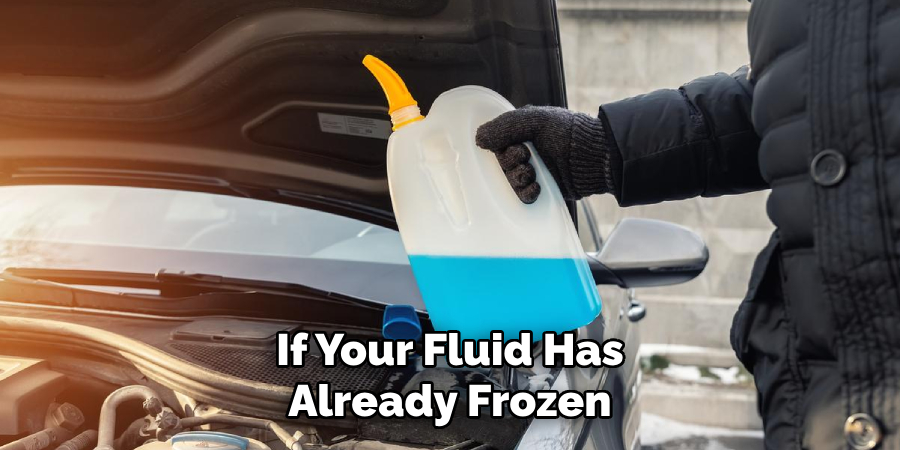
Step 3: Add Rubbing Alcohol to the Reservoir
Using your funnel, pour a full cup of rubbing alcohol directly into the reservoir. This will prevent any future freezing from occurring and help thaw out any remaining frozen liquid. Ensure the funnel is clean and dry before using it to avoid any contamination.
Step 4: Fill with Windshield Washer Fluid
Once the rubbing alcohol is added, fill the rest of the reservoir with your windshield washer fluid until it reaches the maximum fill line. The alcohol and washer fluid will mix, creating an antifreeze solution that will withstand even the coldest temperatures. Be sure to fill the reservoir sparingly to avoid any overflow or spillage.
Step 5: Mix the Solution
After pouring in both the rubbing alcohol and washer fluid, it’s essential to mix the solution thoroughly. You can do this by starting your car and using the windshield spray feature a few times. This will circulate the mixture and ensure it is evenly distributed within the reservoir. After mixing, test the spray output to ensure it’s functioning correctly.
Step 6: Apply Heat (Optional)
If your washer fluid was already frozen and you’re in a hurry, this step will expedite the thawing process. Using a portable heater, carefully direct warm air toward the reservoir for a few minutes. Be sure to maintain a safe distance to prevent any damage to the vehicle.
This will help in quickly thawing any remaining frozen washer fluid and allow the newly mixed solution to circulate fully. If you bypass this step, the rubbing alcohol will eventually thaw the frozen fluid, but it may take longer. Once you’ve completed this step, test your windshield sprayers to ensure they’re functioning correctly.
Step 7: Keep Your Vehicle Warm
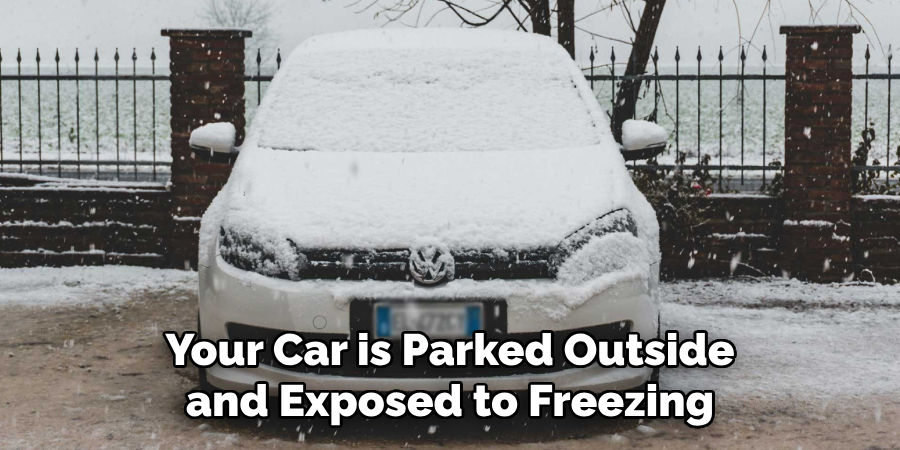
If your car is parked outside and exposed to freezing temperatures, this may contribute to freezing your washer fluid. To prevent this from happening in the future, keep your vehicle in a garage or covered area. If not, consider using a windshield cover to protect your car from the elements.
Step 8: Regularly Check Your Washer Fluid
To avoid being caught off guard by frozen washer fluid, make it a habit to regularly check your washer fluid reservoir, especially during the colder months. This will allow you to monitor the fluid level and its condition and top up or replace it as needed. Remember, prevention is always better than cure.
Step 9: Enjoy Clear and Safe Visibility
Congratulations, you now know how to keep windshield washer fluid from freezing! This simple yet effective method will save you time and frustration in the long run, ensuring you have a clear view of the road ahead during those frosty winter drives. Stay safe and drive smart.
Step 10: Drive Safely
Finally, always drive carefully in winter conditions. Low visibility can be dangerous, and while having a clear windshield is essential, it’s equally vital to ensure your vehicle is in good working order and that you’re driving defensively. Be aware of black ice, snow buildup, and other cars on the road.
By following these ten steps, you can prevent windshield washer fluid from freezing and ensure a safe and stress-free winter driving experience.
5 Additional Tips and Tricks
Tip 1: Choose High-Quality Washer Fluid
Not all washer fluids are created equal. Opt for high-quality washer fluid that is specifically designed for winter conditions. These fluids usually contain a higher percentage of antifreeze, which will further help prevent freezing.
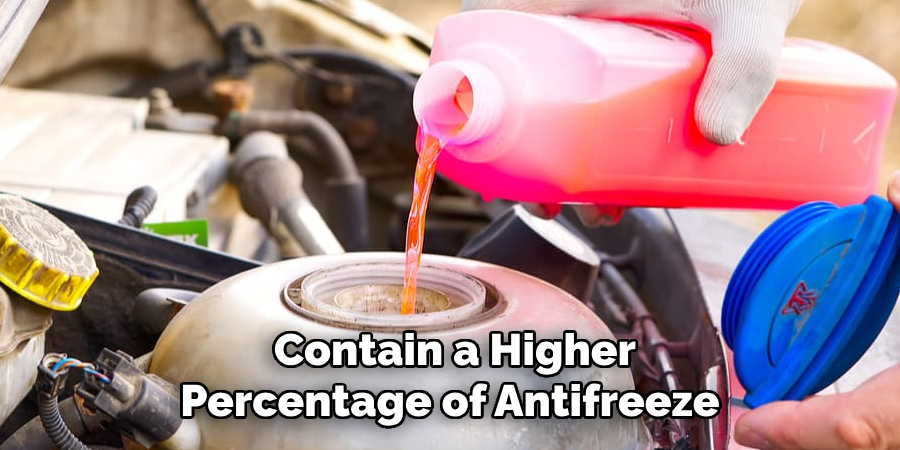
Tip 2: Keep Your Fluid Reservoir Full
If your reservoir is only partially filled, the fluid will have more air space to freeze in colder temperatures. Keep your pool as complete as possible to minimize the risk of freezing.
Tip 3: Use De-Icing Windshield Washer Fluid Additives
In addition to using rubbing alcohol, you can add de-icing windshield washer fluid additives to your mixture for extra protection against freezing temperatures. These additives contain chemicals that lower the freezing point of water and prevent it from solidifying.
Tip 4: Store Unused Fluid Properly
If you have leftover washer fluid after mixing the antifreeze solution, store it in a sealed container and keep it in a warm location to prevent it from freezing. This way, you’ll have extra fluid available if needed without going through the mixing process again.
Tip 5: Consider Using Heated Washer Fluid System
Investing in a heated washer fluid system may be worth considering for those living in frigid climates. This system heats the washer fluid before it reaches the nozzles, preventing it from freezing and providing clear windshield visibility even in the coldest temperatures.
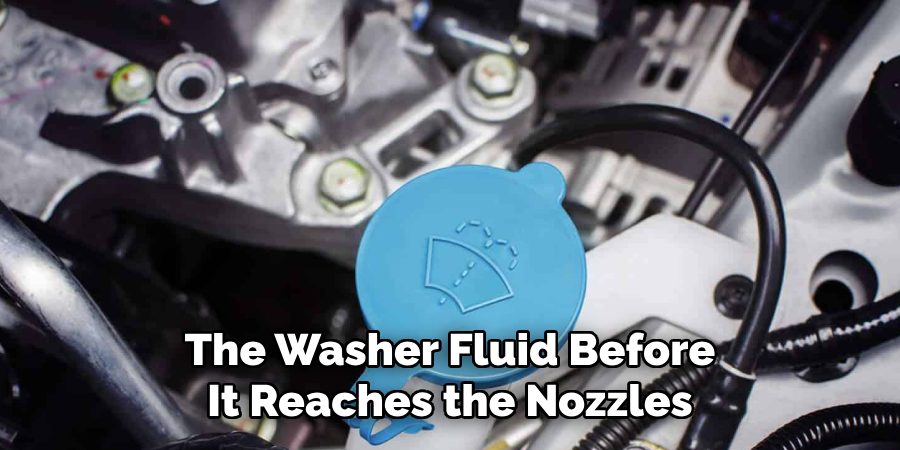
With these additional tips and tricks, you can keep your windshield washer fluid from freezing and ensure safe driving during winter months.
5 Things You Should Avoid
Avoid 1: Using Water as Windshield Washer Fluid
Refrain from replacing your washer fluid with water, especially during winter. Water has a high freezing point and will quickly turn into ice in freezing temperatures, rendering your windshield washers useless.
Avoid 2: Mixing Different Brands of Washer Fluid
Avoid mixing different brands or types of washer fluid. Each brand has its unique formula, and mixing them can lead to unwanted chemical reactions, reducing the efficiency of your windshield washer fluid or even causing damage to your vehicle’s washer system.
Avoid 3: Neglecting Regular Checks of the Washer Fluid
Remember to make regular checks of your washer fluid, especially during winter. Running out of washer fluid during a journey can be dangerous and inconvenient. Always ensure to top it up as soon as it gets low.
Avoid 4: Using Cheap, Low-Quality Washer Fluid
Resist the temptation to save money by buying cheap, low-quality washer fluid. These often lack sufficient antifreeze and can freeze quickly in cold temperatures. Instead, invest in high-quality washer fluid designed for winter use.
Avoid 5: Ignoring Frozen Windshield Washer Fluid
Finally, always pay attention to frozen windshield washer fluid. If you notice that your fluid is frozen, immediately defrost it and prevent future occurrences. Ignoring it can lead to more serious problems, such as damage to your washer pump or lines from the expansion of the freezing fluid.
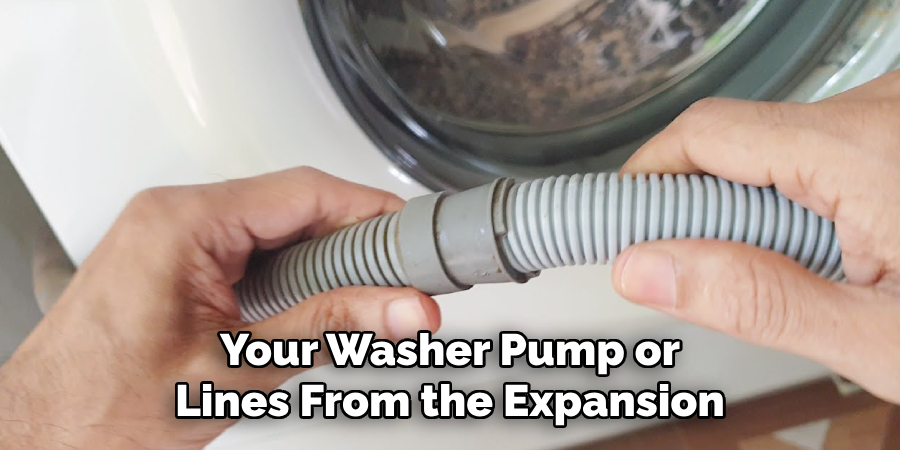
By avoiding these common mistakes, you can effectively keep your windshield washer fluid from freezing and ensure safe and hassle-free winter driving.
Conclusion
In conclusion, how to keep windshield washer fluid from freezing is key to ensuring clarity and safety on the road during the winter months. By using a high-quality washer fluid with a lower freezing point, keeping your car in a heated garage, and regularly checking and refilling your washer fluid level, you can avoid the inconvenience and danger of frozen windshield washer fluid.
Don’t let the cold weather hinder your visibility and put you and others at risk. Take action now and implement these tips to keep your windshield clear and clean all winter long. Something as simple as frozen washer fluid should never compromise your safety.
So take a proactive approach to maintenance by using these tips and share them with family, friends, and even strangers who may also benefit from this information. Let’s make safe driving a top priority for everyone on the road.

